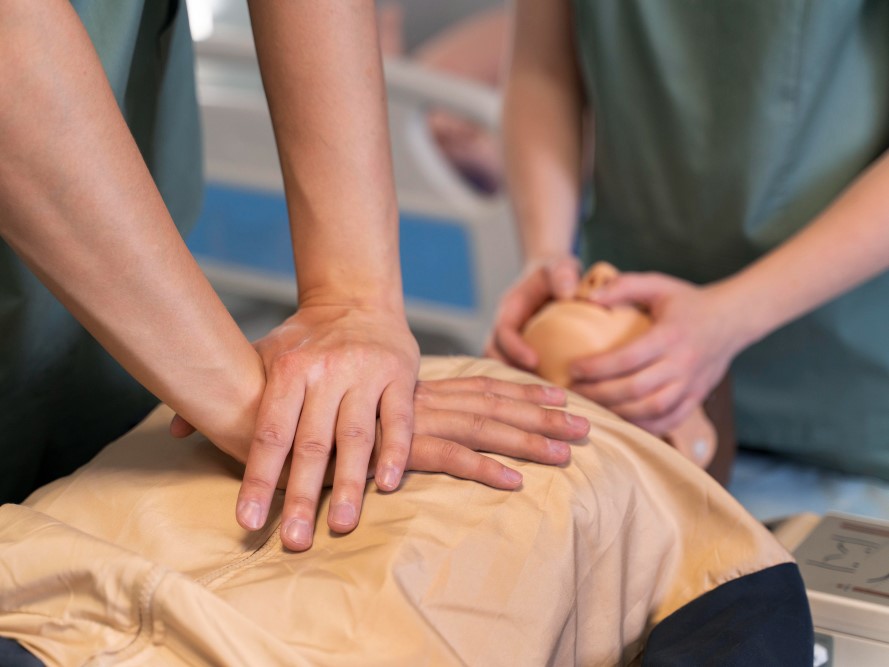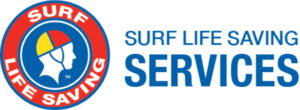First aid training is often seen as a workplace requirement or something you might need for a specific activity. However, community-based first aid training goes beyond these limited scopes, aiming to empower individuals and build resilience within neighborhoods. It’s great for you to learn CPR and First Aid yourself. However, when you are in trouble, you will need the community to act swiftly and correct for your own safety. That’s the burning reason for Survival Skills Vietnam to consistently invest in Community-Based First Aid Training to keep our learners and their community safe.

Why is community-based first aid training so vital?
- Higher incidence of cardiac arrest in deprived communities: Studies show that rates of out-of-hospital cardiac arrest are higher in deprived communities. Bystander CPR can dramatically increase survival chances, but unfortunately, it’s less frequent in these areas compared to more affluent ones. Community-based training directly addresses this disparity by equipping residents with the skills to respond effectively.
- Bridging gaps in first aid access: Not everyone has equal access to traditional first aid courses due to factors like cost, location, and scheduling constraints. Community-based initiatives, particularly those utilizing free resources like public seminars and online platforms, can offer training to those who might not otherwise have the opportunity. Survival Skills Vietnam freqently provides public first aid seminars, scholarships and many free online courses to the general public, disadvantaged communities such as people in rural areas, people with disabilities and care givers. Many of the beneficiaries of our programs became the champions in sharing such vital skills to their own communities. Learn more about the story of teacher Mai Van Chuyen and his team in the journey of reducing child drowning in Dak Lak Province.
- Building a network of lifesavers: When more people in a community know first aid, it creates a safety net. This collective knowledge can significantly improve the response to various emergencies, from everyday accidents to more serious medical events. Learn more about the story of Mr. Nghia Pham, a learner who saved a couple in a tragic traffic accidents then went on his journey to save more lives.
- Empowering individuals and fostering a sense of community: Learning first aid can instill confidence and a sense of empowerment, knowing that you can act in a situation that requires immediate help. Participating in community-based training can also strengthen bonds within a neighborhood, fostering a spirit of shared responsibility for well-being. Learn more about the story of Mr. Pham Quoc Viet who established the First Aid Support Angels (FAS Angels) volunteer team and their supporter community who helped thousands of traffic accident victims every year.
How can community-based first aid training be implemented effectively?
- Identifying target audiences and tailoring content: Different communities have unique needs. A community-based program should consider factors such as age, occupation, common local hazards, and cultural considerations when designing the training. For instance, Survival Skills Vietnam (SSVN) offers tailored programs for specific communities, including schools, vulnerable groups, and communities defined by age, vocation, or geography. SSVN offers many tailored first aid programs such as: child care, elderly care, sport injuries, natural disaster injuries, drowning prevention, tourism & hospitality.
- Utilizing diverse training methods and platforms: A combination of in-person workshops, online modules, mobile apps, and public awareness campaigns can maximize reach and engagement. SSVN leverages various platforms, including non-profit community education workshops, a website, a YouTube channel, and a mobile app, to disseminate first aid knowledge.
- Partnering with local organizations: Collaborating with schools, community centers, healthcare providers, and local businesses can help promote the training, secure venues, and broaden the impact within the community.
- Leveraging digital technologies: Online platforms and mobile apps offer cost-effective and convenient ways to deliver training content, especially for reaching wider audiences and reinforcing learned skills. Over year, Survival Skills Vietnam has created a digital ecosystem that makes sure that any Vietnamese, as soon as they have a fleeting idea of learning first aid, they can immediately access to first aid education content anytime, anywhere, on any device and free of charge.
- Making training accessible for everyone: Consider language barriers, disabilities, and cultural sensitivities to ensure inclusivity. SSVN sets a positive example by providing resources in sign language for the deaf community and Braille and audio books for the blind. Learning resources of Survival Skills Vietnam are also being translated to more languages in ASEAN region to meet the underserved demand of many communities.
Community-based first aid training is an investment in a safer and more resilient society. By equipping individuals with the knowledge and skills to respond effectively to emergencies, we create a ripple effect that benefits everyone. You can always make your own family and community safer everyday by doing simple actions such as:
- Take a CPR and First Aid course. Your participation fee in Survival Skills Vietnam’s commercial program will help strengthen safety of many Vietnamese in deprived communities via our not-for-profit program.
- Invite your family and friends to our commercial classes or not-for-profit public workshops so they are able to help you when you need it the most.
- Share educational articles or videos to your social media channels to raise awareness of your communities.
- Be a volunteer! The problem is bigger than any individual or organisation to work alone. Please join us and make a difference!





